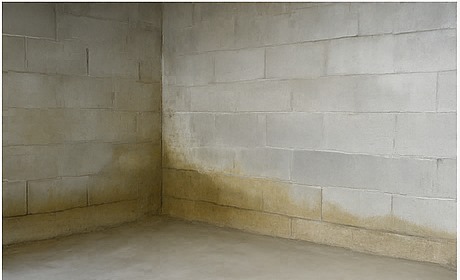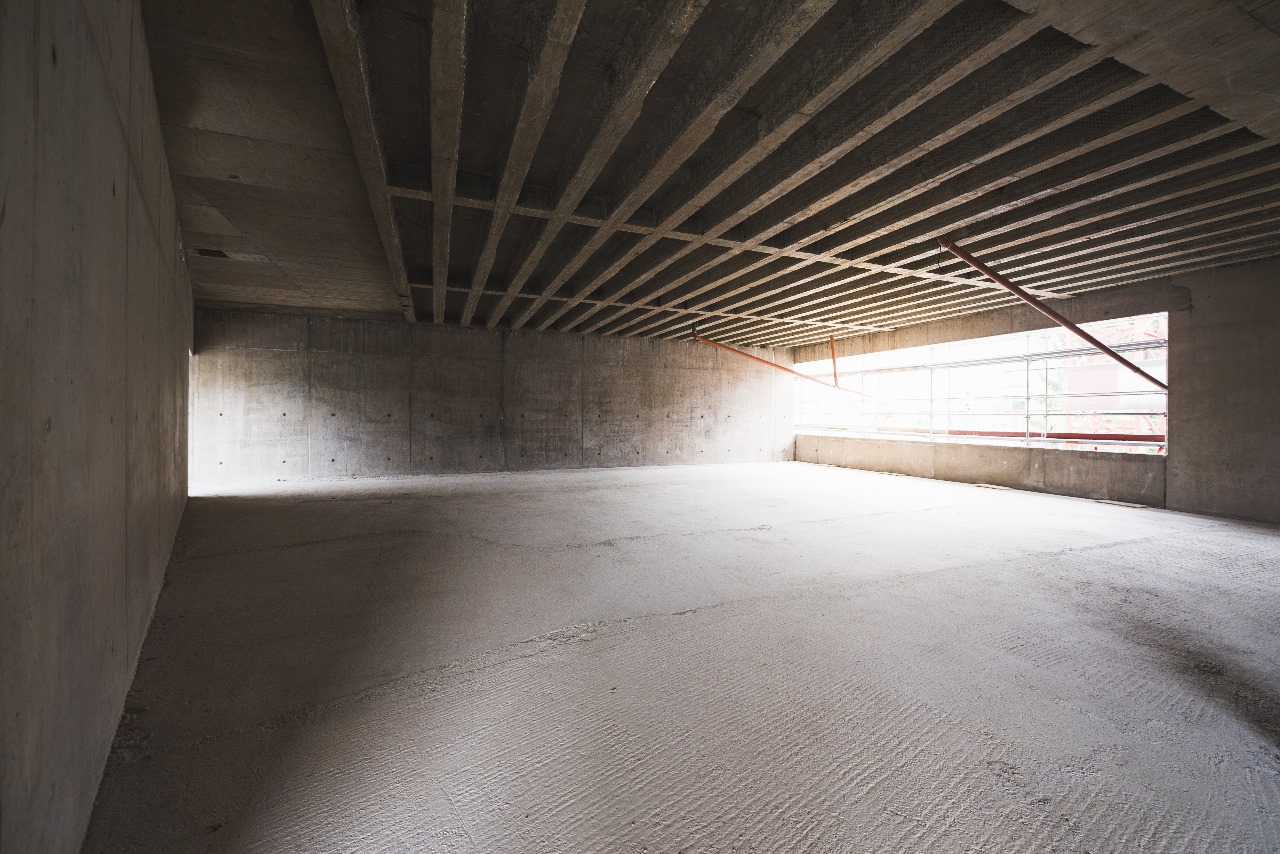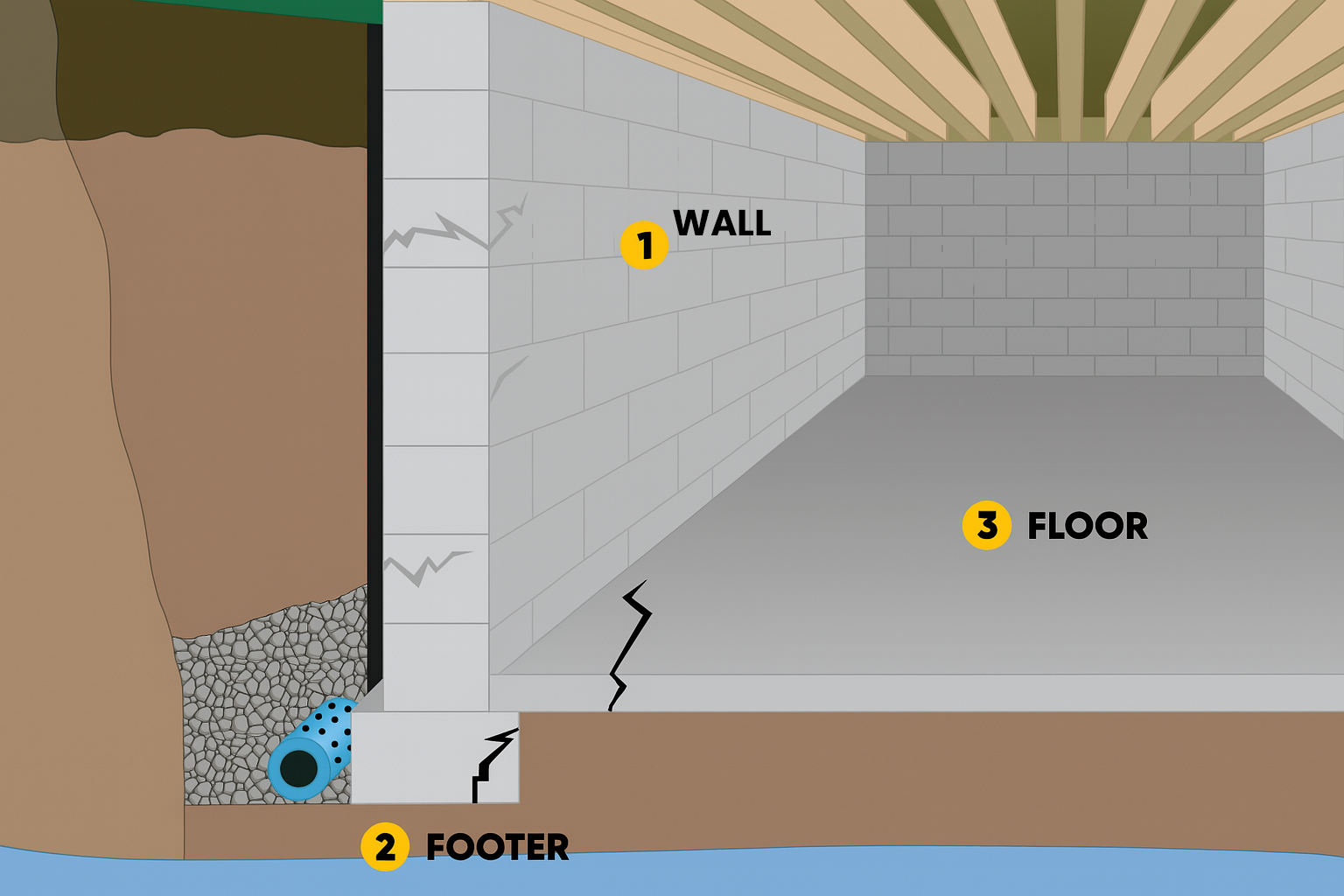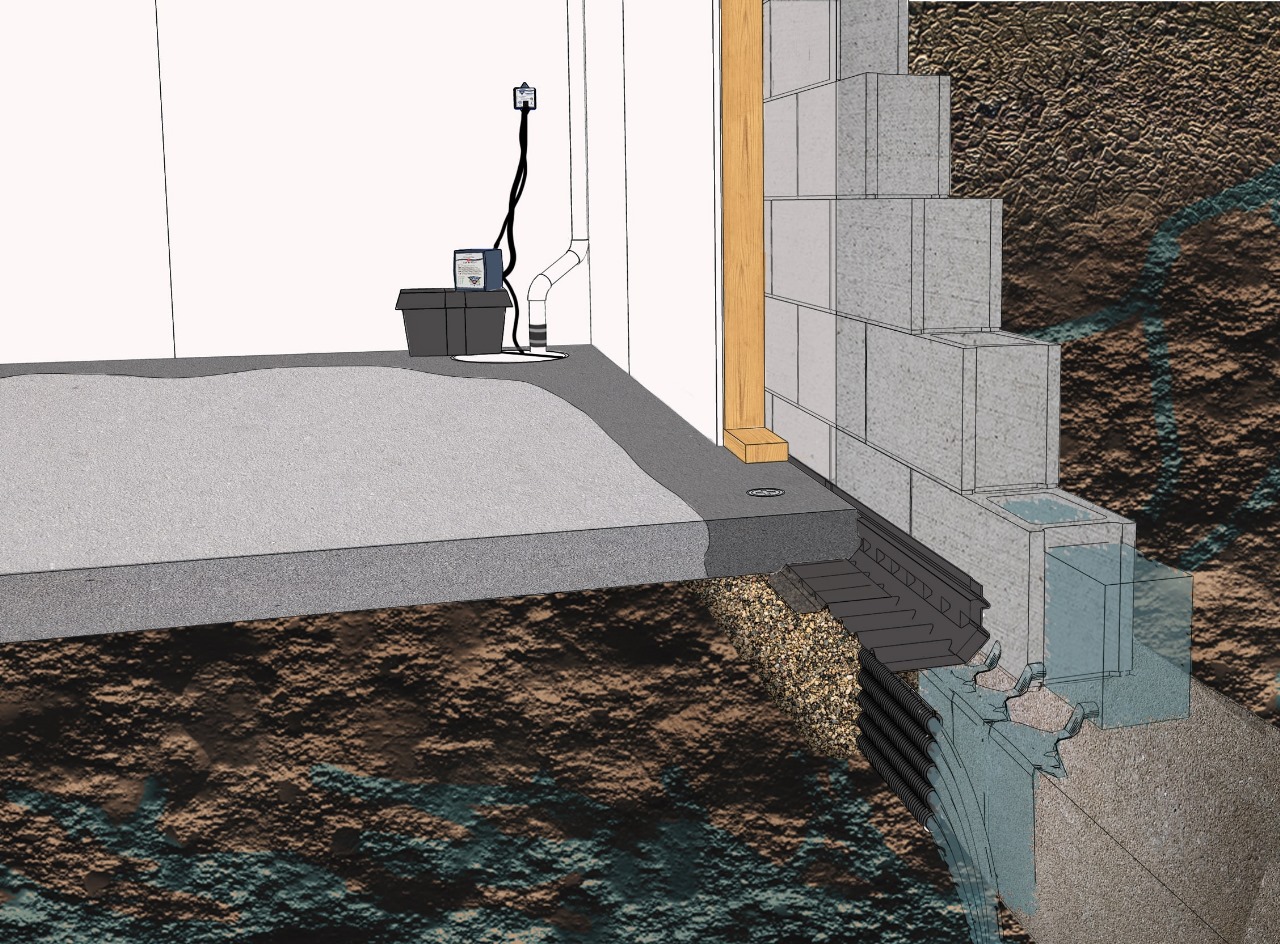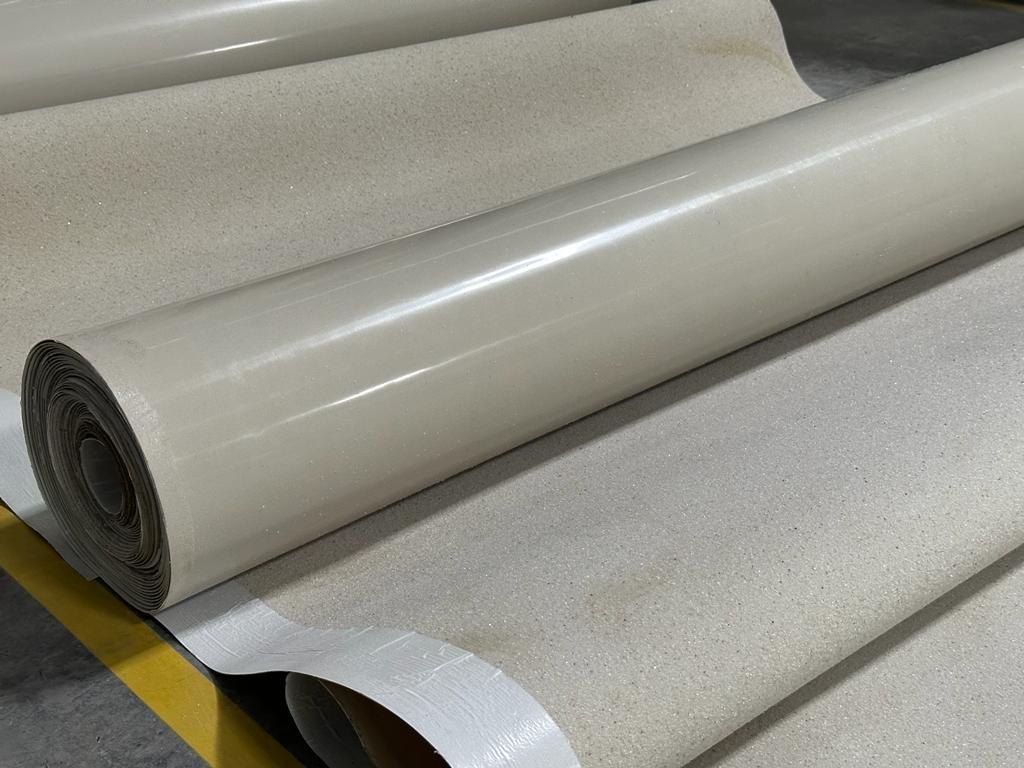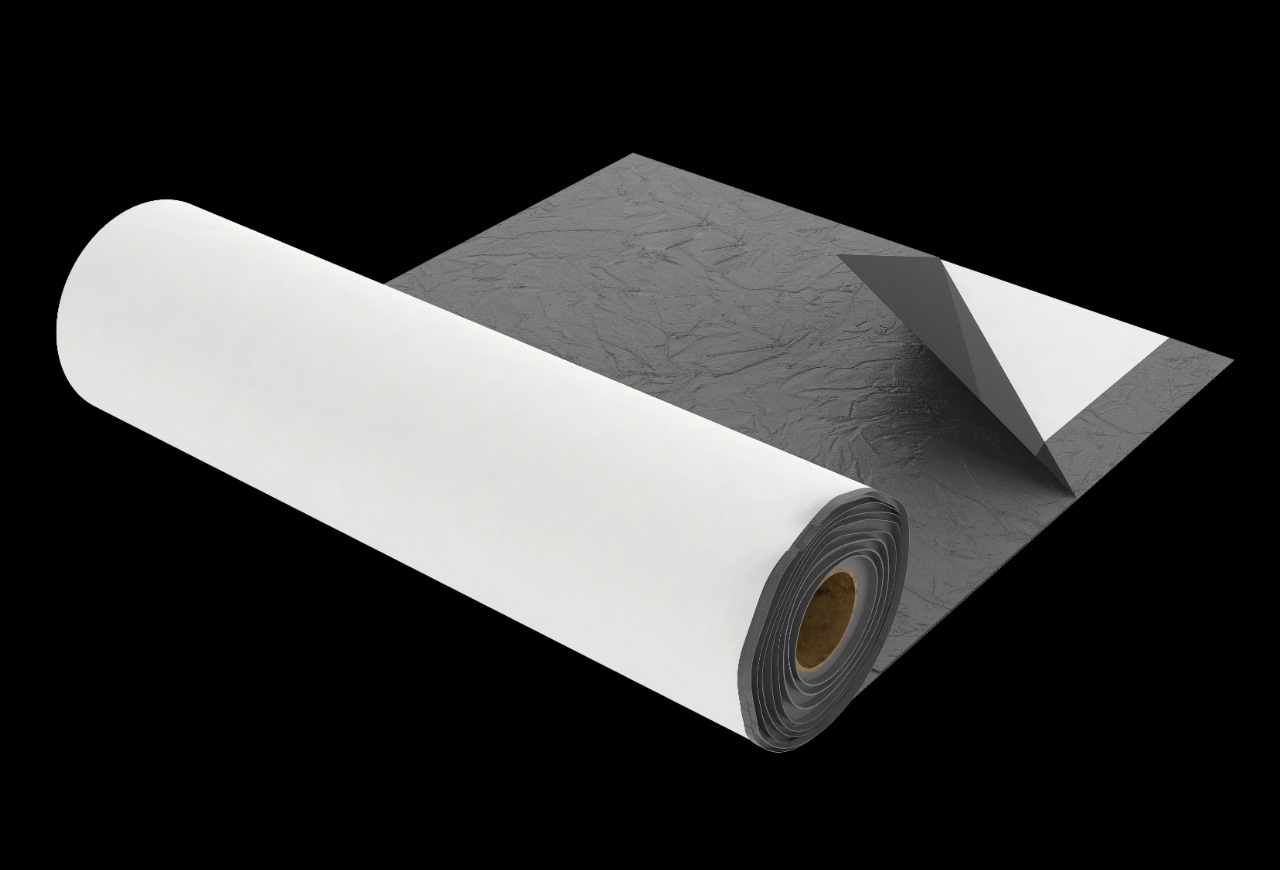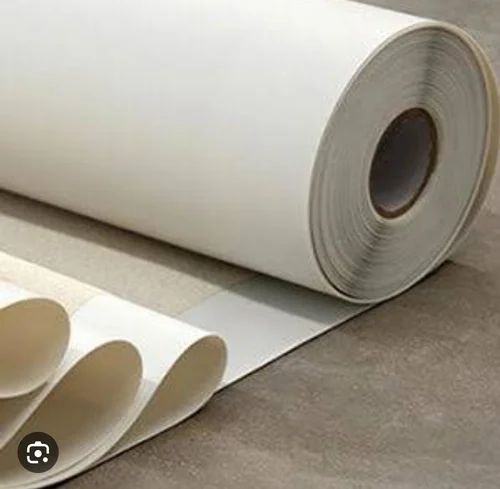Paint is not a substitute for Basement Waterproofing because it lacks the technical capabilities needed to stop water infiltration. Regular paint is designed for aesthetics, not for blocking moisture or withstanding hydrostatic pressure from surrounding soil. When applied to basement walls, it may temporarily cover damp patches or stains, but it does not penetrate the surface or seal cracks where water can enter. Over time, moisture causes the paint to peel, bubble, or discolor, revealing that the root problem remains unresolved.
Proper Basement Waterproofing requires specialized materials like crystalline compounds, cementitious coatings, or PU injections that bond with concrete, seal pores, and provide long-term resistance against water seepage. These systems are engineered to create a durable barrier even under continuous moisture exposure. While paint only offers surface-level coverage, true waterproofing systems address both visible and hidden issues, ensuring structural durability, indoor air quality, and peace of mind.

